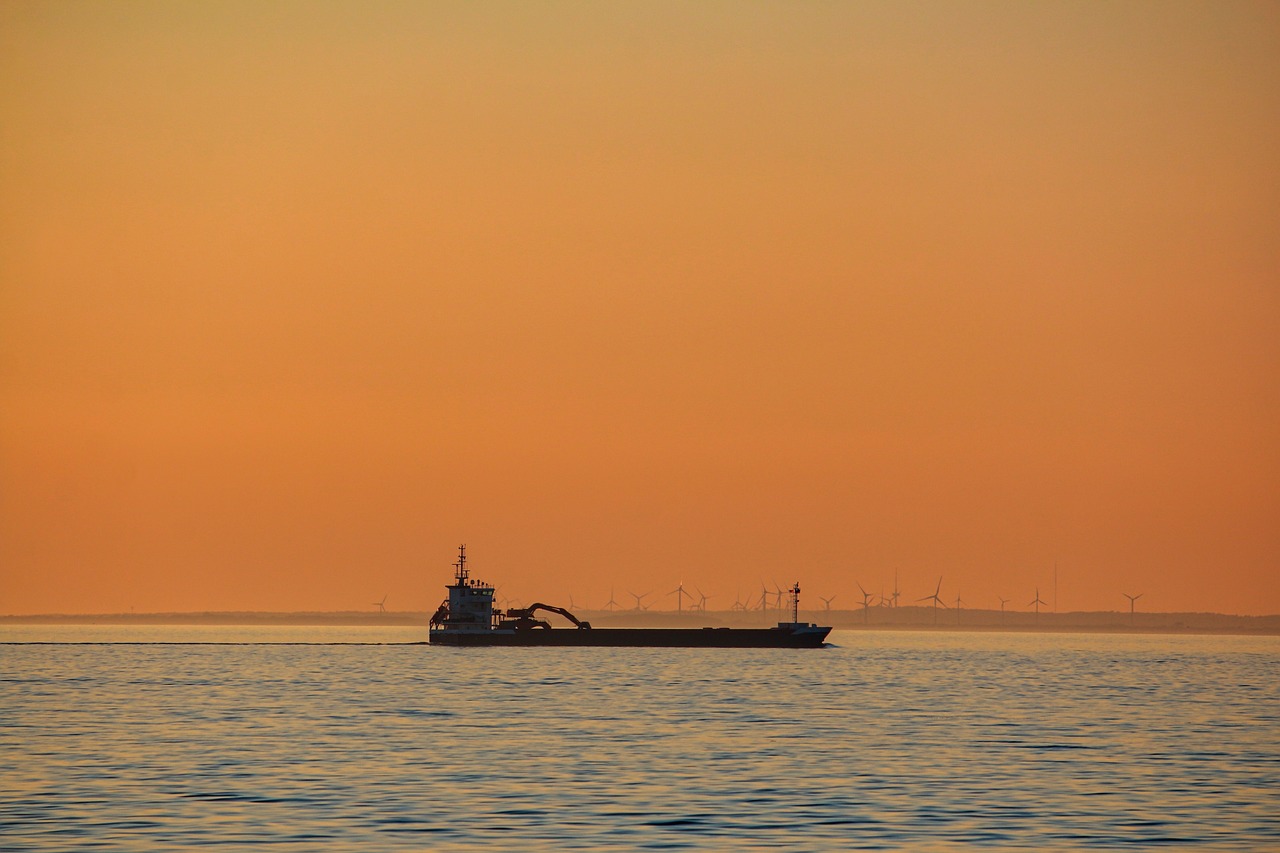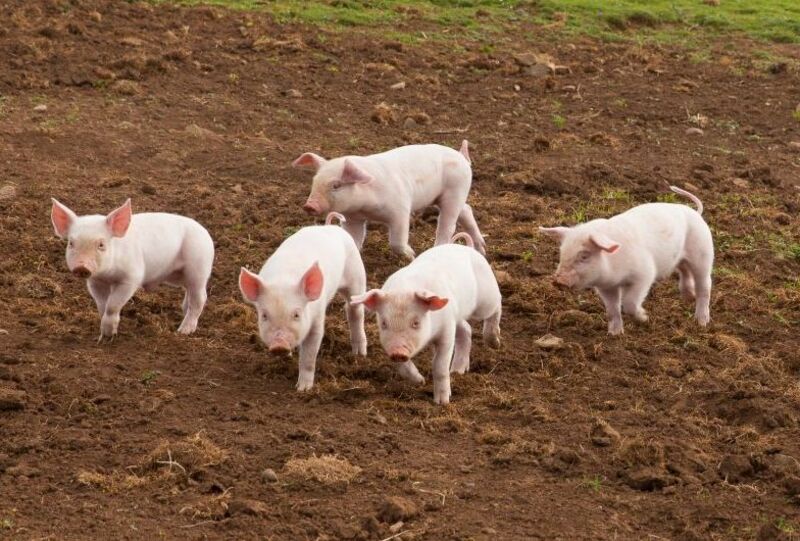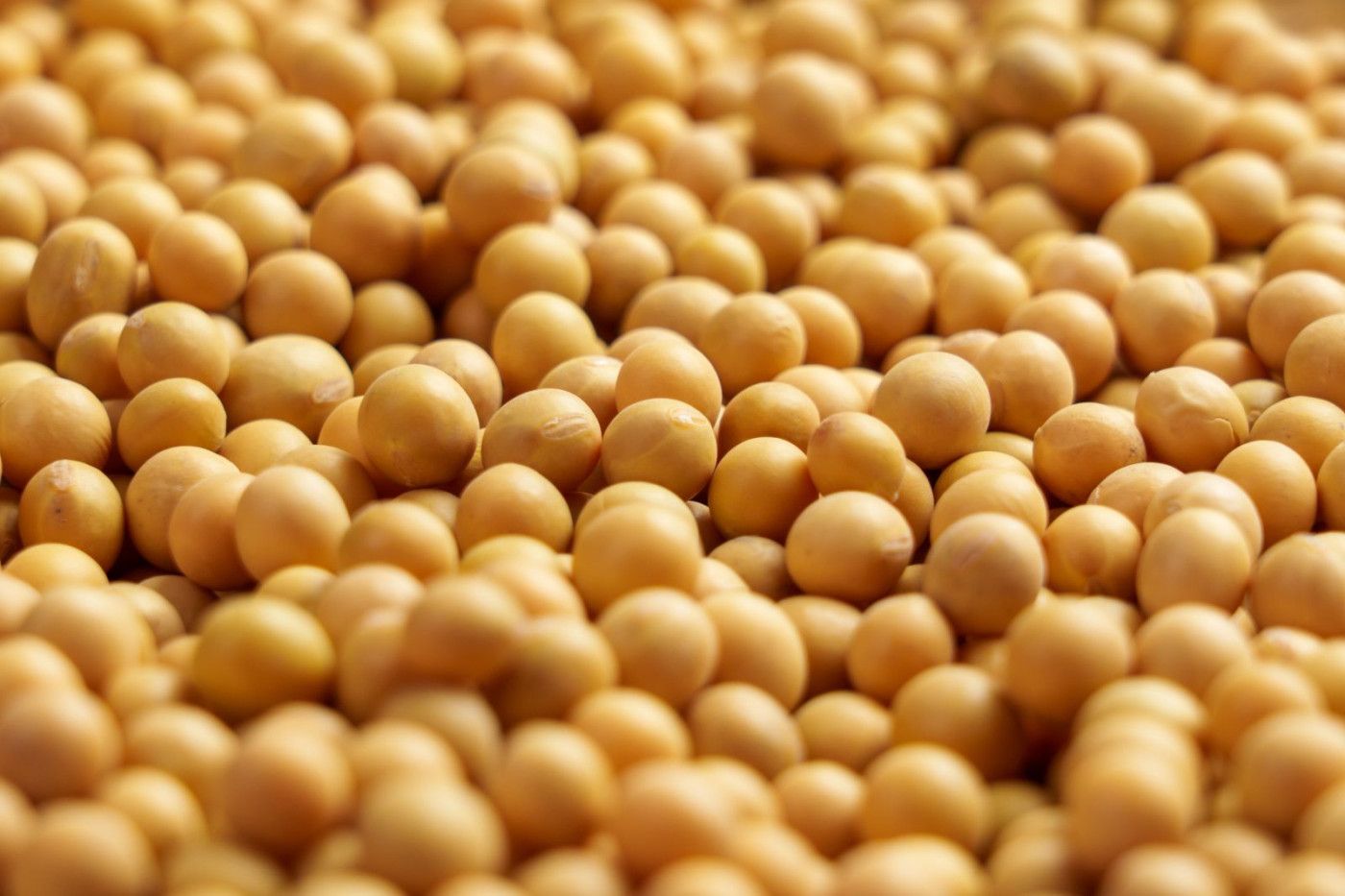After what felt like an eternity of watching the same narrative dominate the corn, soybean and wheat markets with limited fundamental developments to shake us out of the doldrums, news these days feels more than plentiful. From China stimulus to a possible major Black Sea escalation and a whole lot of possible trade flow shifts in between, news feels anything but slow.
I want to spend some time digging into big stories of the past week and look at what they might mean for the markets as we head into October and truly kick off the new marketing year.
China’s Major Stimulus
Much like their rollback of Covid regulations in late 2022, China’s announcement of major stimulus for the country’s economy and a change in tone regarding what the central bank will do to support growth going forward was abrupt and all in. Officials announced hundreds of billions worth of stimulus this week, first through increased access to credit and then through direct to consumer payments or vouchers with additional plans to help lift the debt burden on local governments.
It wasn’t necessarily the policies that were unveiled that I found most interesting, but more the tone used by officials when it comes to meeting growth targets. Many had assumed after the most recent round of poor economic data that Xi and cohorts had accepted the country wasn’t going to meet their goals this year. However, the recent post-Politburo pledge by the country’s top leaders to deploy all necessary fiscal spending to meet those targets by year end, says differently.
At this point it is far too early to say this shift in policy translates directly to increased agricultural commodity demand. Their wheat crop this year was record large and of good quality on the back of record large imports to start 2024. Their corn crop is expected to be large as well, likely reducing grain import needs without an increase to government reserves. Soybean demand is a bit of a different animal, simply because China must import around 9 mmt of beans a month to meet domestic needs. Increased consumer demand may help to bolster imports at the start of the calendar year but for the most part we should see those monthly needs remain relatively steady.
What this shift does in my opinion though, is mark a bottom in sentiment towards China from both investors and consumers alike. The idea that the government will work to support demand as well as the country’s stock and real estate markets should help to incentivize a flow of investment from both within their borders and abroad. Worries over the lack of growth or poor consumer demand out of China have been one of the driving factors behind the recession forecasts and reasons for poor commodity price outlooks, with that factor removed, traders will have to find a new bearish input to focus on.
South American Dryness and Production Concerns
A lot of folks in the trade will tell you a dry September does not matter in South America as it is too early to affect overall production, and they are right. However, after what has been an historical stretch of dry weather coupled with intense heat, with highs soaring above 100 degrees Fahrenheit almost daily, farmers in Brazil are concerned their start to planting may be delayed or that their crop outlook may be compromised if the poor weather continues. A record setting drought has set in across much of Central and Northern Brazil, leading to historically low water levels along the Amazon, baking soils, and slowing grain movement to ports. Dry weather in parts of Argentina has proven problematic as well, though recent extreme rainfall across Southern Brazil, Paraguay and Uruguay has helped them with water levels along the river in spots.
The dry stretch and poor economic conditions have kept farmers out of the fields for the most part, with most folks not anticipating better planting progress until more consistent rains are seen in the forecast. At this point, the Euro is providing the wettest outlook, with scattered rains expected over the next 7 days before a more organized look to the moisture moves in late in the 8-14 day timeframe. Most meteorologists say once it starts raining in Brazil it is likely to turn reasonably wet with monsoonal flow. Farmers have until around the first week of November before the optimal bean planting window closes.
Brazilian traders say farmers will continue to plant beans, even if the rainfall remains delayed, waiting until November if they have to because beans are the better money maker when compared to corn. If the delay remains much beyond the end of October though we could lose some intended bean acres because cotton farmers cannot afford to skip cotton in favor of early beans. Argentina farmers are just getting started with planting after some recent rains and additional short-term moisture looks like it will help get the seed out of the ground. With La Nina kicking in, many say Argentina is where the focus in South America should be during the growing season, as it causes major issues with crop production there.
EUDR
There had been some hope from cash traders early in the week that their calls for the delay in the implementation of the European Union’s Deforestation Regulations would stick. However, those hopes were dashed at the end of the week after EU leadership said the only way to stop the legislation was with another piece of legislation—something that is unlikely to happen before the policy goes into effect at the end of the year.
While according to my contacts in Brazil, many farms and co-ops across the country can provide the necessary documentation to say they have not been a part of deforestation over the past 4 years, the paperwork and tracking to be able to take part remains cumbersome and unattractive to traders. Reports on Friday indicated cash meal into the EU after the first of the year is commanding a $50/ton premium, something that is trying to trickle down into the value paid for beans.
With so much worry discussed over what happens with China’s purchasing if we end up in another trade war, the lack of discussion surrounding EUDR and the possible shift in global demand is interesting. According to Brazilian traders around 10% of their bean exports head to the EU, and while they will maintain some of that business going forward, the US could stand to gain a portion of that over 10 mmt of bean buying, helping to cover any additional cuts to purchases China may make.
Black Sea Escalation
The line when it comes to what is saber rattling and what is an actual threat is an incredibly thin one and is starting to feel blurred when it comes to Russia and Ukraine. Ukrainian President Zelensky traveled to the US this week hoping to garner support for his Victory Plan and to outline what the current situation looks like as we head into the last half of the second year of the war.
Zelensky says Ukraine has gathered intelligence that points to Russia planning an attack on their nuclear power plants, saying the war is making a very dangerous turn. Putin agrees the war is making a dangerous turn but appears to be poised to help make it do so, warning Western leaders that allowing Ukraine to use long-range weapons on Russian targets will possibly open the door to Russia using nuclear weapons in response.
Russia looking to expand their port operations away from the Black Sea and an increase in attacks on the port infrastructure of Ukraine have some traders worried about how easy it will be to access grain in the months ahead as well. Some end users are already looking for alternate sources, especially with reports of lower quality corn coming out of that region.
While it is likely we will continue to see logistical issues create new hurdles, the biggest worry comes from what farmers in the area are going to plant both this fall and next spring if the situation continues to escalate. One of the things that has kept prices low over the last couple of years even in the face of the war was the ability of world leaders to keep the fighting contained, allowing farmers to keep farming and others to do their best to get accustomed to the new normal. Right now, it would be nearly impossible to say the situation is contained, with it feeling on the brink of spilling over daily both in Ukraine and now in Russia.
In The End
I think the most important thing to ask yourself when trying to evaluate whether prices are poised to move higher or lower is whether it is getting easier or harder for the world end user to source supplies?
At this point, with harvest getting rolling it should not be difficult to get whatever your needs are in the short term covered. However, as the farmer in the Northern Hemisphere puts crops away and we look at uncertainty both north and south of the equator, I would argue it is likely to get much harder for the end user to source supplies once the US wraps up harvest. What this means for price will be interesting to see as the narrative of too much supply and limited demand runs into air pockets in the pipeline.
As always, don’t hesitate to reach out if you have any questions. Have a great week!
More Grain News from
- Sugar Prices Pressured by India Sugar Crop Optimism
- Cocoa Prices Settle Sharply Lower on Chocolate Demand Concerns
- Coffee Prices Recover Early Losses on Brazil Crop Concerns
- Corn Rallies After Bullish US Stocks Number
On the date of publication, Angie Setzer did not have (either directly or indirectly) positions in any of the securities mentioned in this article. All information and data in this article is solely for informational purposes. For more information please view the Disclosure Policy here.
Disclaimer: The copyright of this article belongs to the original author. Reposting this article is solely for the purpose of information dissemination and does not constitute any investment advice. If there is any infringement, please contact us immediately. We will make corrections or deletions as necessary. Thank you.







